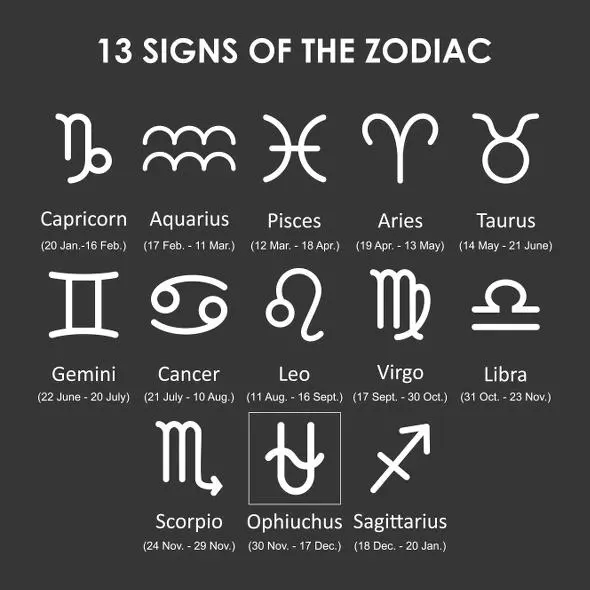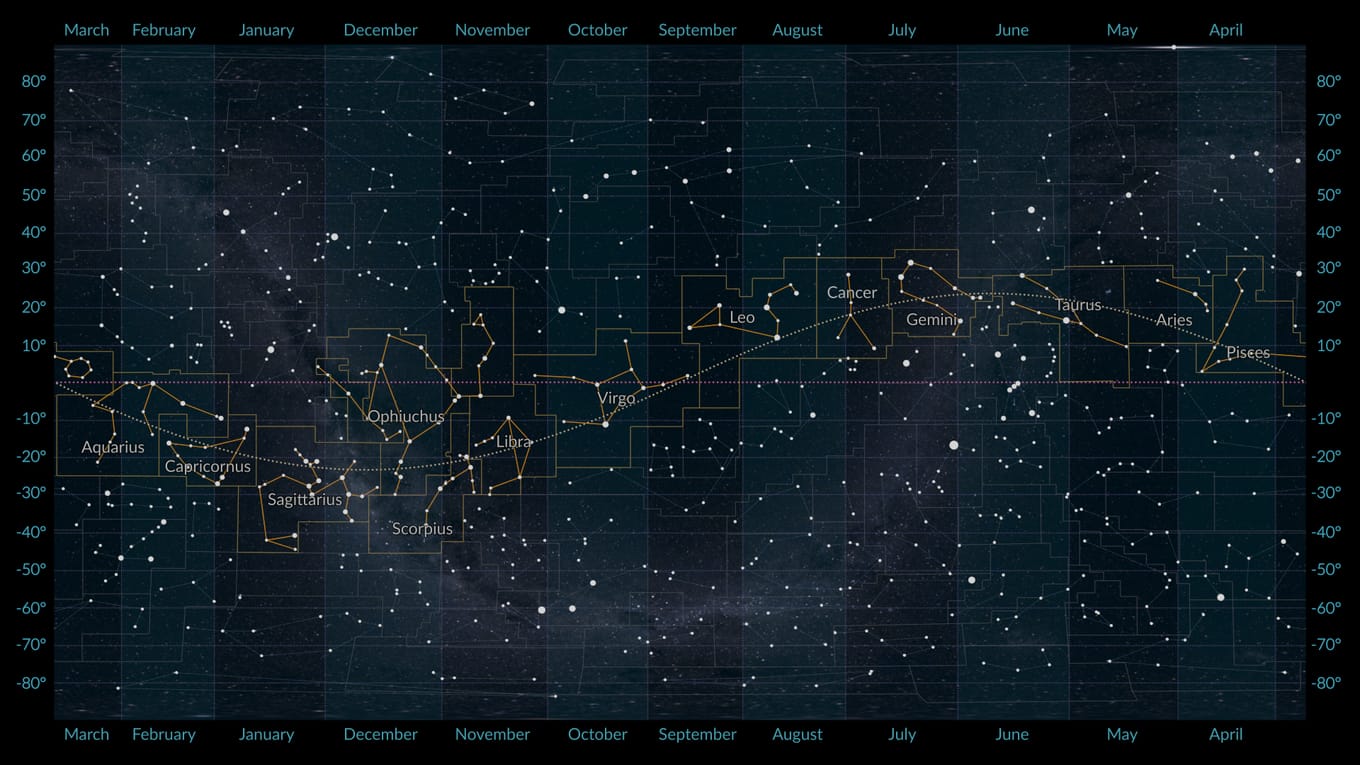the eternal confrontation
Since the world has been the world and we are present, we try to find our place in it. We’re search for the meaning and connection of everything. The sky is like that too. The stars, planets, comets, and the rest. We’re connected and still connect a lot of superstitions, legends, and events to everything. In this case, for example, we have always predicted and still predict some big, important event for the different conjunctions. And comets were usually the messengers of something bad.
In astrology, we seek and learn about the influence of stars and planets on ourselves and our lives. Stories and legends also belong here, such as the celestial bodies named after Greek and Roman mythological figures, which names have remained the same for today’s people.
Astronomy is the scientific study of the sky. It uses mathematics and physics to study celestial bodies outside our Earth. It was formed from ancient Greek words: astron and nomos, or the laws of the stars.
Many people still confuse the two today, although the science of astronomy began to separate in the 17th century, at the peak of its history (Galilei, Kepler, and many others, the development of instruments).
And what about the Western horoscope?
Tropical, solar astrology, let’s add, with the sun signs.
Let’s talk first about the ecliptic. This is the apparent path the SUN takes in our sky in 1 year and the orbital plane of our Earth around the Sun. The planets of OUR SOLAR SYSTEM also “cross” this path.
Following the movement of the Sun in 1 year, astrology divided it into 12 parts, or 12 zodiac signs. Based on which constellation our life-giving star passes through in a given month. However, following this scheme, there is also a 13th zodiac sign. Moreover, it is Ophiuchus, or the Serpent – bearer (which is also home to some globular clusters), the brightest star of which is Rasalhague in Arabic, or the “the head of the serpent collector”.
Ophiuchus rules our sky between November 30 and December 17. This system comes from the Babylonians, they deliberately did not take into account the constellation of Ophiuchus, because the 12 – month calendar already existed worldwide at that time. From an astrological point of view, 360° is divided equally by 12, so each zodiac sign gets 30°.
However, the Western zodiac signs physically do not occupy equal areas, so the Sun does not stay in one constellation for the same amount of time…

“For example, if someone is born under the sign of Aquarius, from an astrological point of view it means that at the time of birth the Sun was in the area of the sky corresponding to that zodiac sign. However, from an astronomical point of view the Sun is then already in the constellation Pisces.”
– Florian Freistetter
And the Indian one?
Vedic, sidereal astrology is taught at university level in India, goes hand in hand with the science of mathematics and does not differentiate between astrology and astronomy. It also uses the 12 Western zodiac signs (and houses), but it is aligned with the coordinates and degrees of real, physical constellations and is lunar, or it does not prioritize the Sun and its movement, but the MOON.
And the Chinese horoscope?
We are now examining the most general, highest layer (because it has numerology, and the five elements, directions, colors and so on). The Chinese horoscope follows the phases and movement of the Moon, unlike the Sun. Lunar year. There are 12 months of 29 and a half days in a year, and a given zodiac sign changes annually, not monthly (there is also a monthly projection, but this does not divide or multiply here). The Lunar New Year begins in January of each year, accompanied by the biggest, weeks-long celebration.
Why animals, and those that are, the origin of this can only be linked to legends. According to one, the Celestial Emperor, the ruler of heaven, ordered all animals to compete with him, and rewarded the first 12 places. According to another, Buddha has something to do with it. You can find the 12 zodiac signs HERE.
Be a Nerdy Bird!
